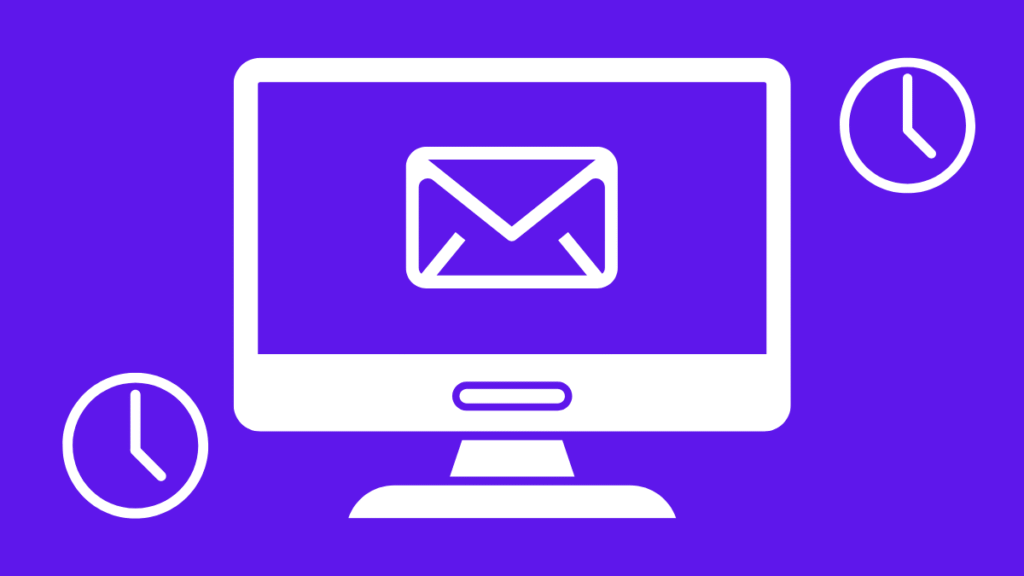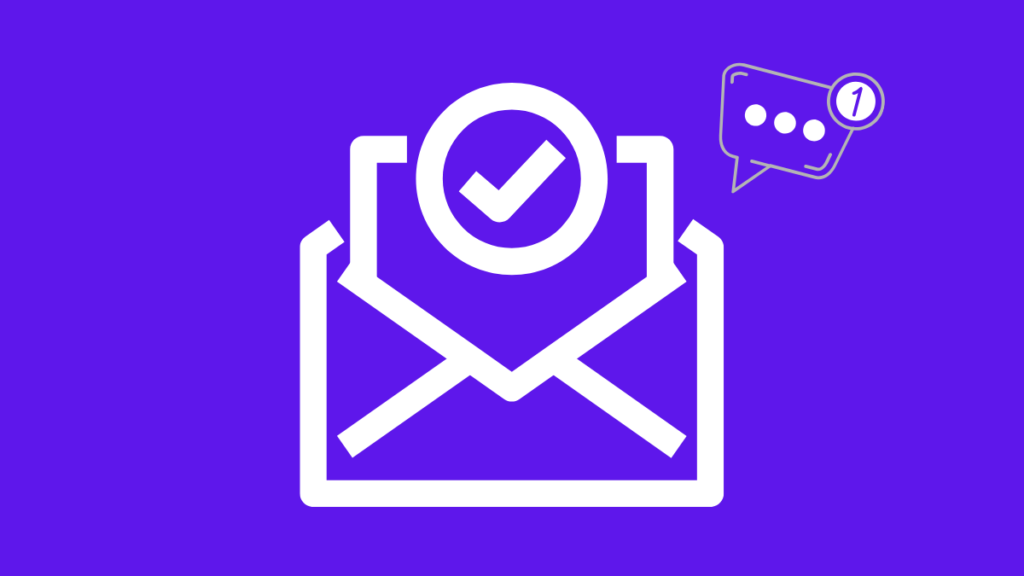You’ve written thousands of cold emails, sent them, and now you’re playing the waiting game. Except you’re the only one that’s playing it. Your leads? Not so much.
We know that you’re probably wondering what about your copy made them not respond, and what you can do in your follow up so they will, in fact, respond. The truth is that it might not be your copy at all. Maybe it’s the way you sourced your list, maybe it is your offer, maybe your technical set-up. Truth is that we have to investigate deeper…and we will.
How Many Follow-Ups Should You Send?
Before we even start to break down your follow-ups, you need to understand that the number of emails you can send a month is limited. Logically speaking, how many of those would you want to waste on follow ups vs contacting new prospects? Think about it.
The more people we reach, the better. Here at Aerosend, we send only one email per prospect every two months. That’s it. At most, a sequence includes 2–3 emails, no more. This is because your goal isn’t to spam the same 1,000 people over and over; it’s to reach more of your TAM (total addressable market). Honestly? Your first email would be the one that gets you the most replies, too. If your first one didn’t land, your second one won’t either. Let’s do some Math:
- First email? ~10% reply rate.
- Second email? ~5%.
- Person A sends 1 email to 20,000 prospects → gets 200 replies.
- Person B sends 2 emails to 10,000 prospects – twice → gets 150 replies.
Don’t chase more replies, chase more leads.
Why You’re Not Getting Replies
When you don’t get replies, a newbie’s first instinct is to check the copy. Someone with more experience? They’ll do a double take at their infrastructure because they want to get to the root cause of the issue and not just put a band-aid on something that probably didn’t even need it. Following are the reasons you’re not getting replies:
1. Deliverability
If you want to scale, you need to rotate domains. Domain rotation means using multiple domains to send emails so you don’t burn one domain or hurt its reputation by sending too many emails from it. Test your inboxes, use warmup tools if needed, and don’t cut corners on setup. Your domain, DNS records (SPF/DKIM/DMARC), sending volume, and bounce rates. These are all things that affect whether you’re showing up in someone’s inbox or the junk folder.
2. Lead List Quality
You don’t reach the right people, you don’t get a response. Make sure you get your target market right before presenting your offer. You want relevance over volume. That means researching your ICP properly and using job titles to make sure every lead is a real fit. The best email in the world won’t make a retail store owner care about your B2B SaaS platform.
3. Offer or Copy
Don’t even bother if your offer isn’t 100%. If your email basically says, “Here’s what I do, wanna talk?”, don’t expect much. You need to lead with an angle that actually helps them win. The thing about presenting an offer is that you need to do it in a limited number of words. That could be tricky.
4. Volume Strategy
You need to send at least a thousand emails to find out what your message market fit is. In the beginning, you’ll probably get 1 positive reply for every 1000 emails. When you eventually figure out your messaging, that number will increase to 1 meeting per 50-75 contacts.
Even if your emails are perfect, you still won’t get replies if you’re wasting your entire volume on dead leads. If someone isn’t interested, maybe follow up once. Stop losing precious emails to people who don’t want your product. Get new and better ones, instead.
Anatomy of a Follow-Up That Gets Replies
Most people do the “hey, just checking in”, not realising that they’re one of thousands. Don’t waste your lead’s time. Provide value, show them results, and you only get a few follow-up emails.
“I also noticed that your website does not have pillar pages. Should I send you a new structure (no cost to you) I can also walk you through similar low-hanging fruits that will help you rank on Google?”
What makes a good follow-up:
- Adding value: Every follow-up should give them something useful. It could be an insight, idea, or quick win. If it helps them, it earns attention.
- Giving more information: Share something that makes your first email clearer. You can include data, case studies, results, or examples. Don’t repeat yourself, but add depth to what you said initially.
- Testimonials: Show proof that what you offer works. A quick line like “We helped X company do Y” builds instant trust.
Checklist: Before You Send Your Next Email
Before you send your next follow up email, make sure to ask yourself these questions:
- Is your domain and inbox warmed and authenticated?
- Are you using domain rotation?
- Did you validate your lead list properly?
- Is your offer targeted to the persona?
- Does your copy make a strong case in under 5 seconds?
- Are you spending your sending capacity on net-new leads, not just follow-ups?


 13 Dec 2025
13 Dec 2025
